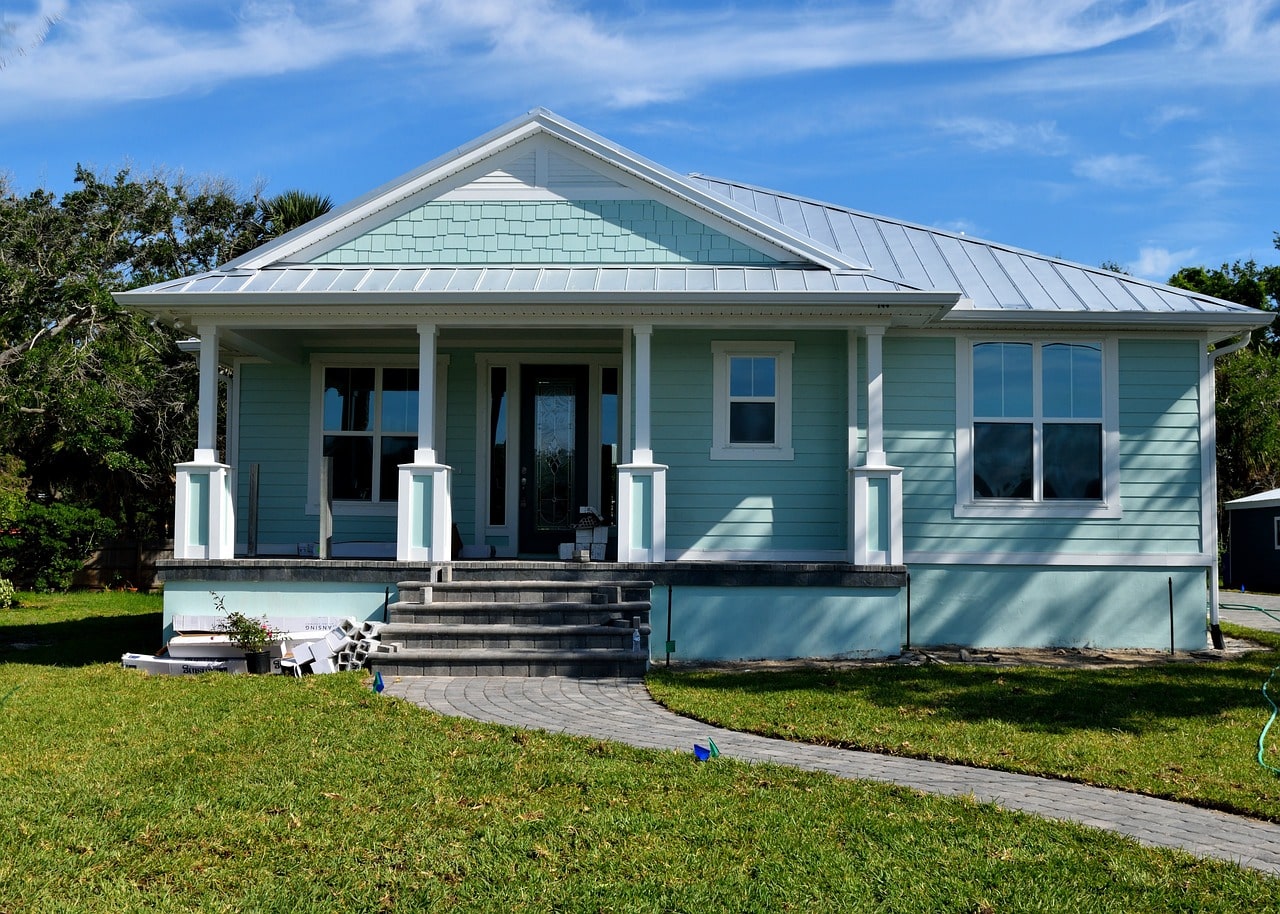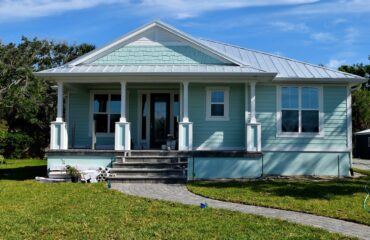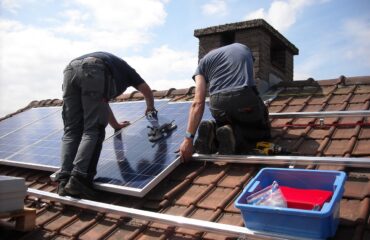Roofing is essential to any building, providing protection from the elements and ensuring structural integrity. When choosing the right roof from a roofing specialist, you must consider the options and various factors, including the roof’s slope. Steep-slope and low-slope roofing are two distinct approaches, each with unique characteristics and considerations. Understanding the differences between these two options is crucial in making an informed decision for your roofing needs. This discussion will explore the features, pros and cons, and factors to consider when choosing between steep-slope and low-slope roofing. By the end, you will better understand which option suits your specific requirements.
Understanding Steep-Slope Roofing
Steep-slope roofing is a specialized area that involves installing and maintaining roofs with a pitch greater than 3:12. Installing steep-slope roofs requires expertise and careful consideration of various factors. It is crucial to ensure proper waterproofing, effective drainage systems, and adequate ventilation to prevent water damage and mold growth. Additionally, steep-slope roofs often require specialized materials such as asphalt shingles, metal roofing, or slate tiles to withstand the steep incline and protect against weather elements. Maintenance of steep-slope roofs involves regular inspections to identify any signs of damage, such as loose or missing shingles, cracked flashing, or clogged gutters. Timely repairs and maintenance are essential to prolong the roof’s lifespan and prevent costly repairs in the future.
Exploring Low-Slope Roofing
Low-slope roofing refers to installing and maintaining roofs with a pitch less than 3:12, presenting unique considerations and requirements. When it comes to low-slope roofing, several common materials are often used. These include built-up roofing (BUR), which consists of multiple layers of asphalt and reinforcing fabric; modified bitumen, which is a single-ply membrane that is typically torch-applied; and thermoplastic olefin (TPO), a single-ply membrane that is heat-welded. Each material has advantages and considerations, so choosing the one that best suits your needs and budget is essential.
In terms of maintenance, there are a few key tips to keep in mind for low-slope roofs. Regular inspections should be conducted to check for any signs of damage or wear, such as leaks or loose seams. Keeping the roof clean and debris-free is also essential, as this can lead to water pooling and potential damage. Additionally, any necessary repairs should be addressed promptly to prevent further issues. Finally, proper drainage is crucial for low-slope roofs to prevent water from accumulating and causing damage. By following these maintenance tips, you can help prolong the lifespan of your low-slope roof and ensure its optimal performance.
Pros and Cons of Steep-Slope Roofing
When considering roofing options, weighing the advantages and disadvantages of steep slope installations is essential. Steep slope roofing materials offer several benefits. One advantage is their ability to shed water and snow effectively, preventing moisture damage. Additionally, steep slopes create a natural barrier against debris accumulation, reducing the risk of roof damage. Steep-slope roofs also provide improved ventilation, which helps regulate temperature and moisture levels in the attic. However, there are also some common issues with steep slope roofing. One potential drawback is the higher cost of materials and installation compared to low-slope roofing. Steep slopes can also make maintenance and repairs more challenging due to the steepness of the surface. Considering these pros and cons carefully before deciding on a steep-slope roofing system is essential.
Advantages and Disadvantages of Low-Slope Roofing
Low-slope roofing presents distinct advantages and disadvantages that should be carefully considered when selecting a roofing system. Here are some key points to help you understand the pros and cons of low-slope roofing:
– Advantages:
– Cost-effective: Low-slope roofing systems are generally less expensive to install and maintain than steep-slope roofs.
– Accessibility: These roofs are more accessible for maintenance, repairs, and equipment installations.
– Space utilization: Low-slope roofs provide additional usable space for rooftop gardens, solar panels, or HVAC equipment.
– Disadvantages:
– Limited drainage: Low-slope roofs have a reduced ability to drain water, which can lead to ponding and potential leaks.
– Vulnerability to wind uplift: These roofs are more prone to wind damage, requiring additional reinforcement and maintenance.
– Higher maintenance requirements: Low-slope roofs often require more regular inspections and upkeep to prevent issues.
Understanding these advantages and disadvantages will help you choose the right roofing system.
Choosing the Right Roofing Option for Your Needs
To make an informed decision on choosing the right roofing option for your needs, it is essential to consider the specific requirements and limitations of different roofing systems. Factors to consider when selecting a roofing option include the slope of your roof, climate conditions, budget, and the intended use of the building. Steep-slope roofing, typically found in residential buildings, offers better water drainage and can be more aesthetically pleasing. On the other hand, low-slope roofing, commonly used in commercial buildings, is more cost-effective and easier to install. When comparing the cost-effectiveness of steep slope and low slope roofing, it is essential to consider factors such as initial installation costs, maintenance and repair expenses, and the lifespan of the roofing materials. Ultimately, the right roofing option will depend on your specific needs and preferences.





